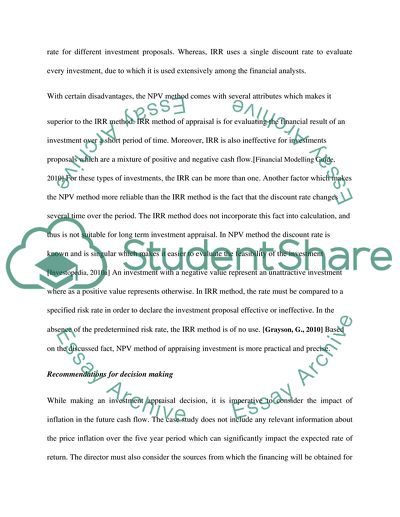Cite this document
(The Prime Reason Behind Selecting the IRR Method of Appraisal Research Paper, n.d.)
The Prime Reason Behind Selecting the IRR Method of Appraisal Research Paper. Retrieved from https://studentshare.org/finance-accounting/1797382-capital-investment-decision-making
The Prime Reason Behind Selecting the IRR Method of Appraisal Research Paper. Retrieved from https://studentshare.org/finance-accounting/1797382-capital-investment-decision-making
(The Prime Reason Behind Selecting the IRR Method of Appraisal Research Paper)
The Prime Reason Behind Selecting the IRR Method of Appraisal Research Paper. https://studentshare.org/finance-accounting/1797382-capital-investment-decision-making.
The Prime Reason Behind Selecting the IRR Method of Appraisal Research Paper. https://studentshare.org/finance-accounting/1797382-capital-investment-decision-making.
“The Prime Reason Behind Selecting the IRR Method of Appraisal Research Paper”, n.d. https://studentshare.org/finance-accounting/1797382-capital-investment-decision-making.


